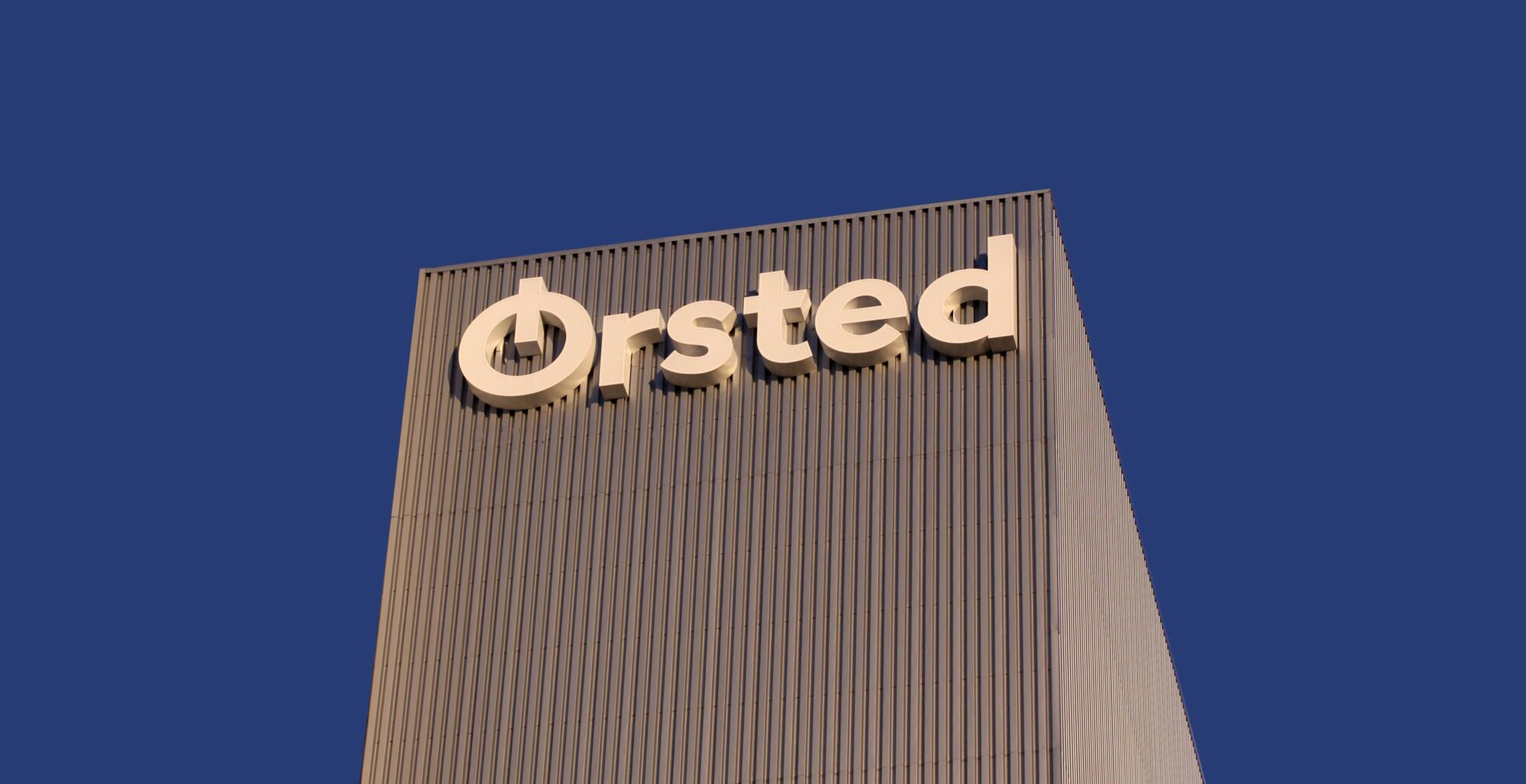
Article
The significance of FlagshipONE’s cancellation
29 August 2024
Ørsted’s FlagshipONE e-methanol project was initially hailed as a groundbreaking development in the race to decarbonise hard-to-abate sectors, such as shipping and aviation. The project aimed to produce 55,000 tons of e-methanol annually, using renewable electricity and captured CO2. Outside of refinery projects, it seemed one of the few projects moving ahead despite continued delays in the rest of the market.
Final Investment Decision (FID) was taken in December 2022, and the project met many of the key criteria we look for when assessing e-fuel projects:
- Cheap, clean grid electricity qualifying for the EU’s RFNBO criteria,
- Permits, grid connection and access to a good CO2 source,
- Strong sponsor (experienced, with ability to finance, quality of team, etc.), and
- Strong public sector support in the form of national financial support through Klimaklivet, a “quasi-equity” investment from EIB, and a grant through its partnership with Bill Gates’ Breakthrough Energy Catalyst.
Despite all this, the project will not move forward, and the recent announcement of FlagshipONE’s cancellation is drawing attention from the global e-fuels community. We expect the cancellation will increase scrutiny of commercial e-fuel projects’ business cases, which is not a bad thing. However, it does raise fundamental questions for the industry. As each sponsor and project is different, we thought it worth taking a look at the context of FlagshipONE.

Figure: FlagshipONE visualisation

Figure: May 2023, promising times when shovels first broke ground
Ørsted: Strategic re-orientation towards the core
The last twelve months have generally been a bumpy ride for Ørsted. With its market capitalisation currently at or around a third of its peak, the company is refocusing its strategy, aimed at avoiding the need to raise fresh capital. In a challenging macro environment (higher interest rates, higher costs), alongside some operational challenges, the company also announced EUR 4 bn impairments on its US offshore portfolio last year. As a result, the company is now being appropriately judicious in how it employs capital across its business areas and project portfolio – particularly important given the capex needs it is projecting. Having suffered a downgrade to BBB by S&P in February 2024, it’s natural for Ørsted to continue to focus on discipline. Thus, Ørsted is reducing exposure in areas where its management does not think further capital employment will yield an acceptable risk-adjusted return in the near term.
Before the H1 earnings call on 15 August 2024, most observers thought Ørsted had finished cleaning out its closet last fall, with the cancellation of Ocean Winds 1 and 2. However, besides further US impairments, Ørsted had a surprise in store with the cancellation of its FlagshipONE project in Sweden, and its announcement it would not pursue further e-fuel projects but would remain active in hydrogen projects. With the full context, we expect two key rationales for Ørsted’s decision. Firstly, a re-orientation towards core sectors like offshore wind enables Ørsted to put its focus where it has proven its excellence and market-leading capabilities for years. Secondly, Ørsted is highlighting a fundamental issue with offtake for e-fuel projects, pointing to the difficulty of building business cases for such projects in a capital-constrained environment.
The chicken-and-egg problem: Misalignment between e-fuels producers and offtakers
One key explanation from Ørsted’s announcement is that “the industrialisation and commercial development of the offtake market of liquid e-fuels has progressed significantly slower than expected.” Today, two of the most attractive near-term pathways for e-methanol use are in e-SAF or as shipping fuel. Ørsted’s decision implies that whatever terms they felt able to negotiate with these offtakers were insufficient to make an attractive business case. Besides the price, the duration of offtake contracts has been highlighted by Ørsted as a significant point of discussion with offtakers. Renewable energy developers are used to 10-15 year or longer electricity contracts, while many fuel-consuming companies usually sign shorter-term contracts of 1-3 years, which poses a significant gap to be closed in contract negotiations.
The potential is out there – from public announcements, there are clearly ready offtakers for e-methanol, if offered the right terms. For example, BNEF reported that 225 dual-fuel methanol ships are on order as of March 2024. Moreover, the current SAF production capacity in the EU is around 0.24 million tonnes, which is only 10% of the SAF required by 2030. The amount of methanol needed by offtakers to comply with the RED II act and REFuel EU is massive compared to the almost non-existent e-methanol production capacity currently operating or under construction. As the hydrogen and e-fuels industry has been noting for years, there is a chicken-and-egg problem in getting offtakers and producers to move ahead simultaneously and sign offtake contracts at price levels that make good business cases for both parties. In this context, if you have a constraint on capital and need to direct that towards more certain business cases in the shorter term, the “Ørsted dilemma” is clear.
Explanations for e-fuel offtake not ‘taking off’
In theory, low supply and high demand will result in high prices. However, a mix of explanations may illustrate why the theoretical demand for e-methanol does not yet seem to be materialising:
- Offtakers may be betting on bio-fuels instead of e-fuels. However, this is unlikely as the pause of Shell’s huge bio-refinery in Rotterdam hints at demand not being greater for bio-fuels. Furthermore, bio-fuels can only be a partial explanation, as EU SAF mandates explicitly carve out a share of supply required to be e-SAF by 2030
- Offtakers may assume there is still enough time before 2030 for them to stall slightly longer until contracting with projects, hoping for lower prices but still securing supply before mandates escalate. Particularly in shipping, a 2% RFNBO fuel sub-target is not mandated before 2034. However, the use of RFNBOs is still incentivised before 2034 since greenhouse gas reductions from the use of RFNBOs count double towards the company’s EU compliance targets
- Offtakers may be willing to delay even further, accepting penalties in the early 2030s and only contracting for supply beginning partway through the decade. Market pricing is currently opaque, and offtakers are being asked to sign 15-year contracts. Offtakers may judge that the risk of being locked into potentially paying a premium for a 15-year term is higher than the cost of paying penalties in the early mandate years
- Offtakers may expect regulators to loosen or delay mandates as 2030 approaches based on the e-fuel market’s immaturity. This expectation can create a self-fulfilling prophecy. If offtakers’ expectations lead them to delay signing contracts for supply, it could undermine projects’ abilities to move forward and keep the market from maturing
Good or bad news for hydrogen developers?
The cancellation of the FlagshipONE e-methanol project is a stark reminder of the complexities involved in getting market participants to move simultaneously, though we should point out that we do not have full insight into the development process, and decisions taken by FlagshipONE versus by other projects. Ørsted’s move away from e-fuels appears to be significantly driven by their strategic re-alignment, rather than just by challenges in the e-fuel market. The company has made clear that it thinks e-fuels will mature, though potentially needs further regulatory evolution, and that it is continuing its focus on green hydrogen.
With this in mind, Ørsted’s exit might even be positive news for other e-fuel developers, as it might cause policy-makers to question whether the carrots and sticks implemented are adequate to lead to the desired pace and scale of e-fuel adoption, which is needed to comply with politically set targets. Particularly, one could question what might happen to the e-fuel industry if some of the ongoing annual USD 5-7 trillion subsidies to fossil fuels were re-directed towards e-fuels (or at least not given to fossil fuels).
On another positive note, mainland EU green hydrogen developers may benefit from the current difficulties in the e-fuels market, as it reduces their perceived risk of competition from imported green hydrogen-derived products. The cancellation of projects such as Ørsted’s may begin to raise more questions on e-fuels availability, signalling that offtakers may have to compromise on price and contract duration to secure supply. This is particularly notable since, not long ago, discussions in the market were that the EU would be overwhelmed with imports of cheap e-fuel products from areas with cheap renewables, undermining mainland EU countries’ attempts to develop their own green hydrogen industries. As that narrative recedes, hydrogen production in mainland EU looks increasingly critical, and public investment across the value chain in transport, storage and heavy industrial use looks far-sighted. Notably, Germany, the Netherlands, France, and Iberia are driving slow but steady progress towards cultivating a first generation of successful commercial projects. These projects may not meet excessive expectations set years ago, for the EU to produce 10 million tonnes of green hydrogen per year by 2030, but they can secure the foothold this industry needs to mature and scale.

